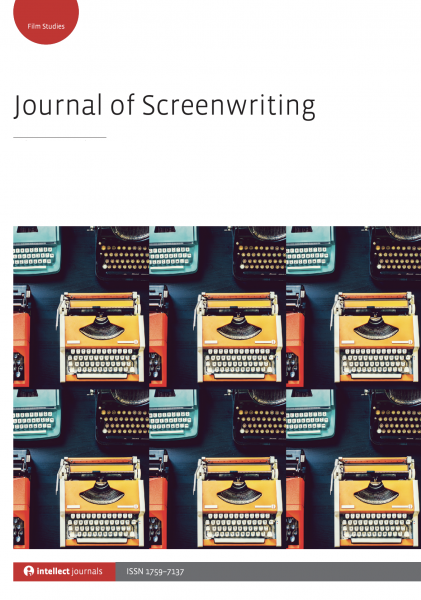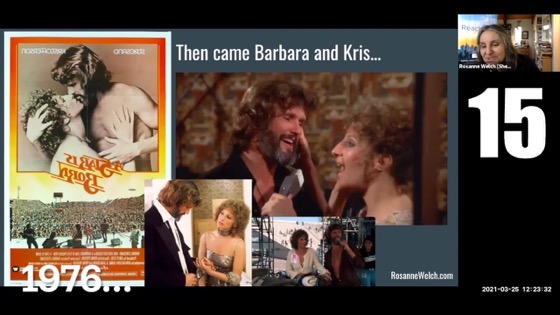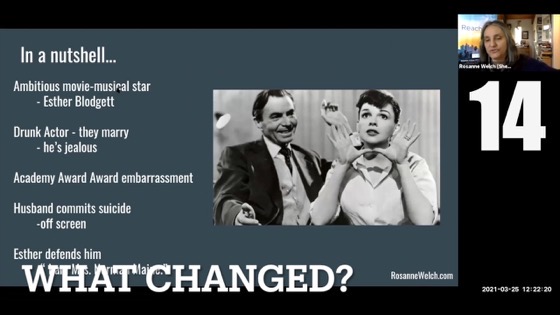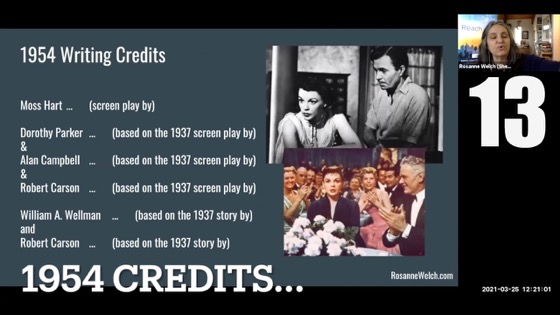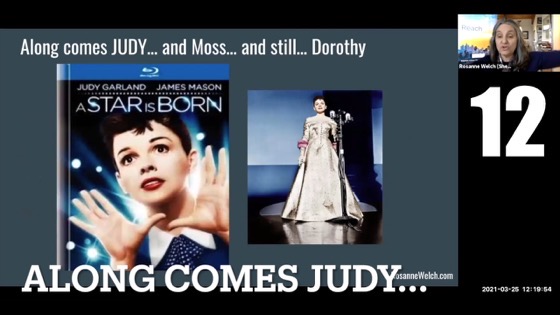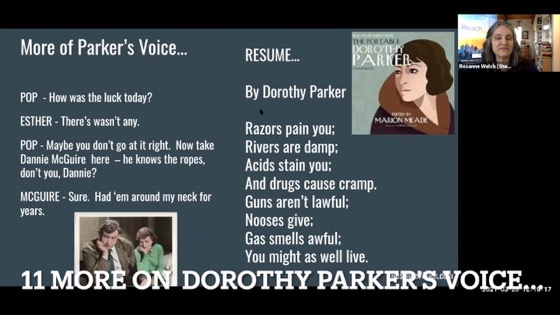Highlighting the articles in the past editions of the Journal of Screenwriting, of which I am the Book Reviews Editor. Hopefully these abstracts will entice you to did a little deeper into the history and future of screenwriting. — Rosanne
Off goes the telly: Writer discourse on the Life on Mars franchise finales by Christine Becker
The British original Life on Mars, the spin-off Ashes to Ashes, and the American remake of Life on Mars offered divergent endings to the same premise, and each series finale divided viewer opinion to varying degrees. This article discusses these three different endings and considers how the writers of each series framed explanations for their creative decisions in discourse surrounding the finales. The article’s analysis illustrates that the series writers strove to justify their narrative resolutions strategically at various points in each series run to account for potential public reaction and to frame their writing decisions as driven primarily by creative motivations, not industrial ones. As such, the article suggests that writers of television finales, particularly those that close off serialized shows, have more opportunity and pressure than ever before to enter into dialogue with emboldened audiences about the production process.
The Journal of Screenwriting is an international double-blind peer-reviewed journal that is published three times a year. The journal highlights current academic and professional thinking about the screenplay and intends to promote, stimulate and bring together current research and contemporary debates around the screenplay whilst encouraging groundbreaking research in an international arena. The journal is discursive, critical, rigorous and engages with issues in a dynamic and developing field, linking academic theory to screenwriting practice.
Get your copy and subscription to the Journal of Screenwriting Today!
* A portion of each sale from Amazon.com directly supports our blogs
** Many of these books may be available from your local library. Check it out!

